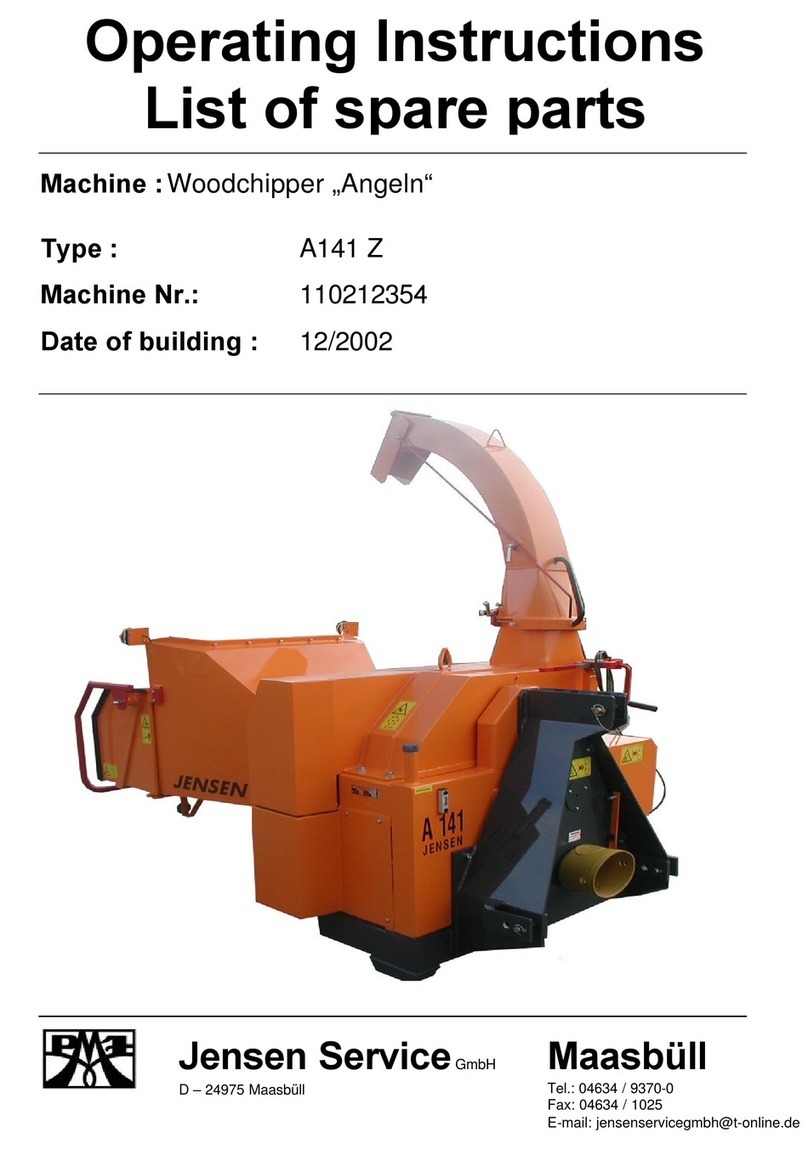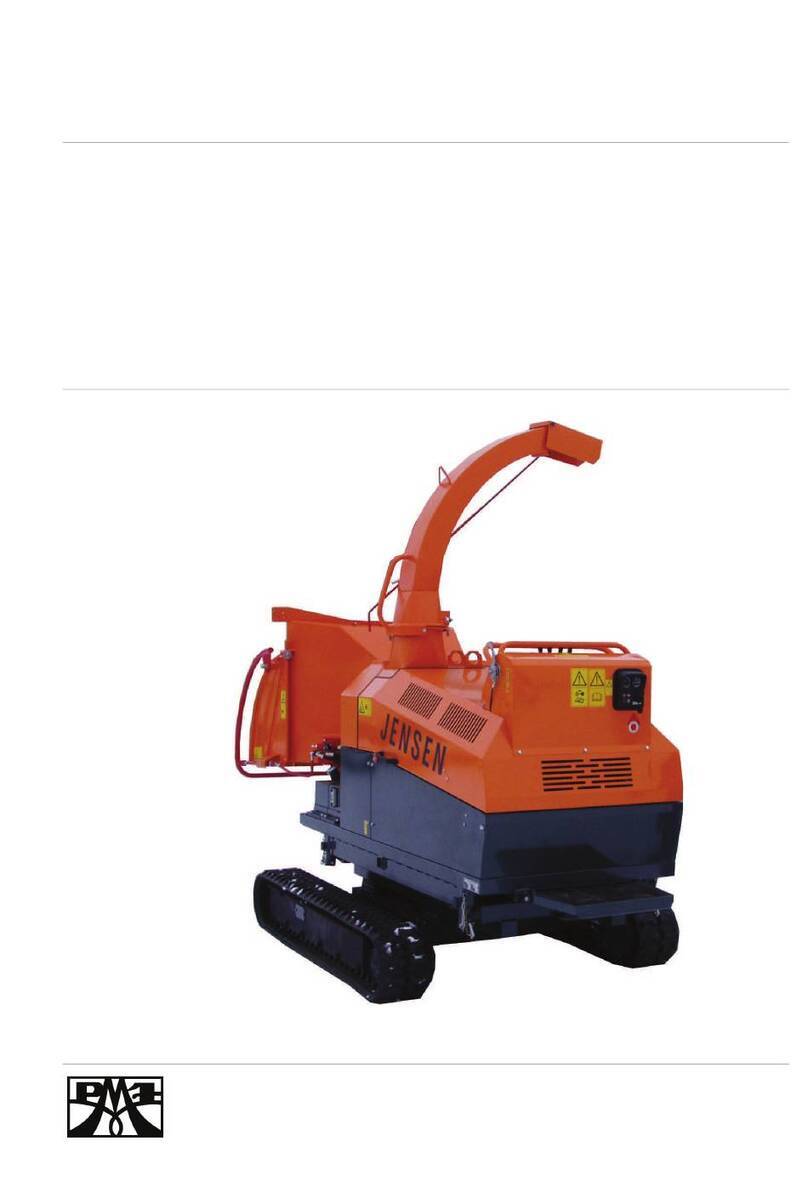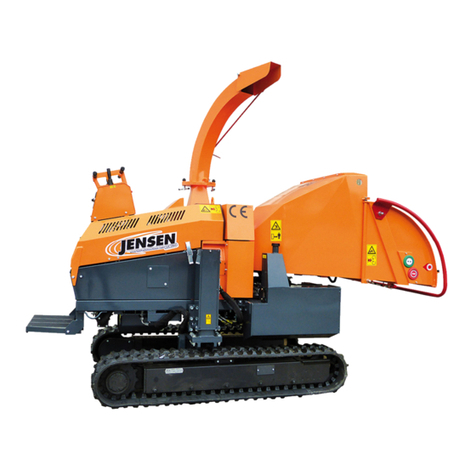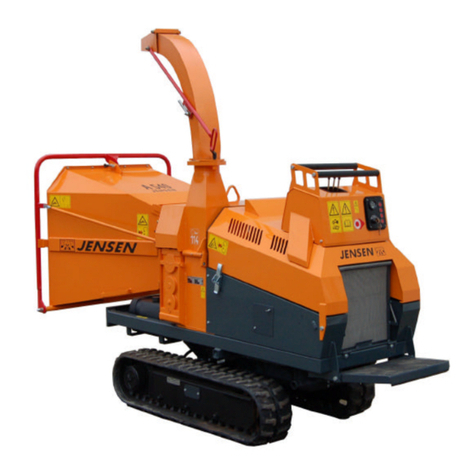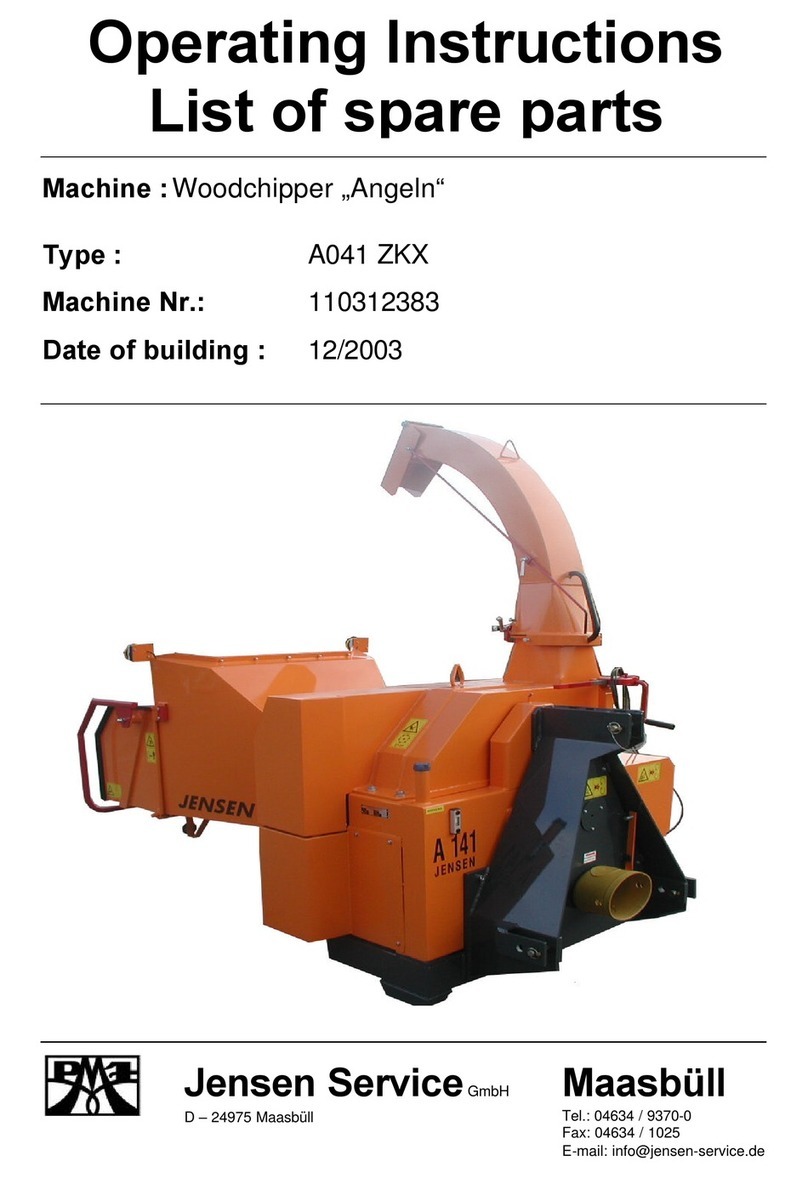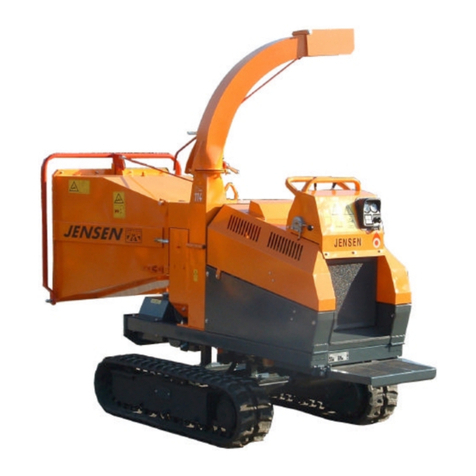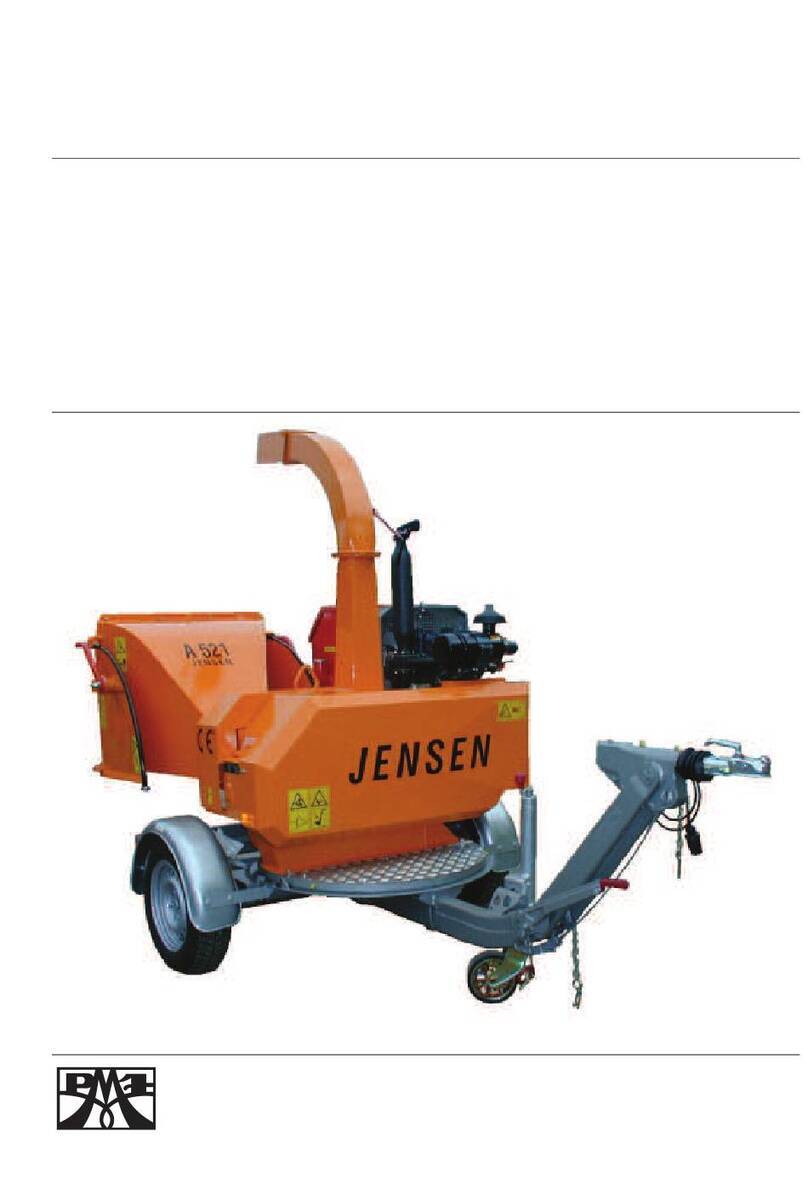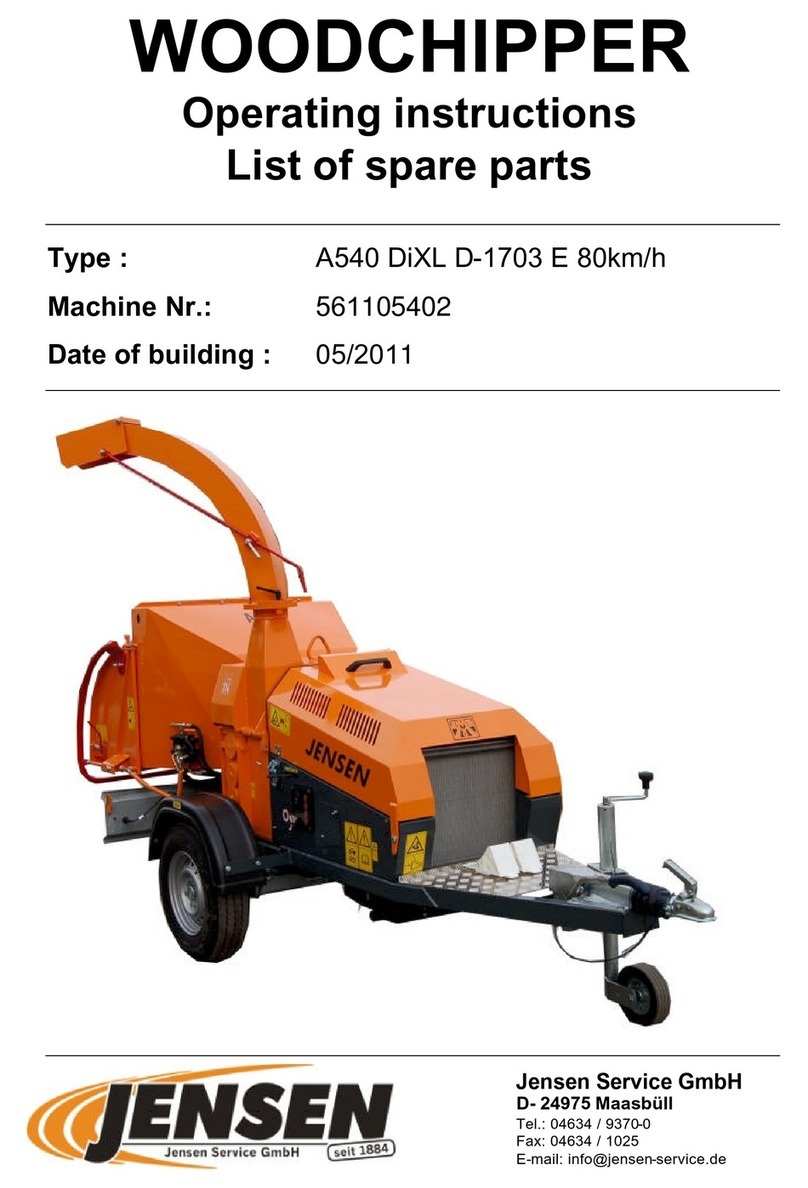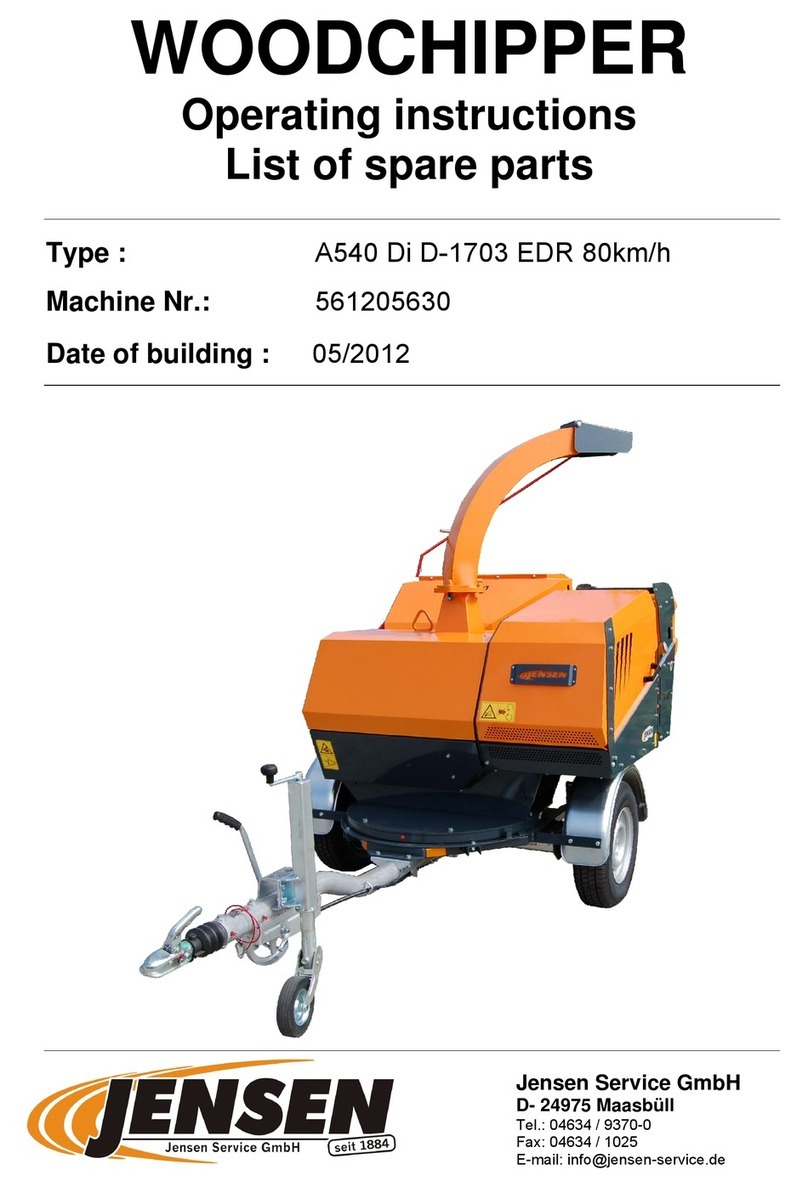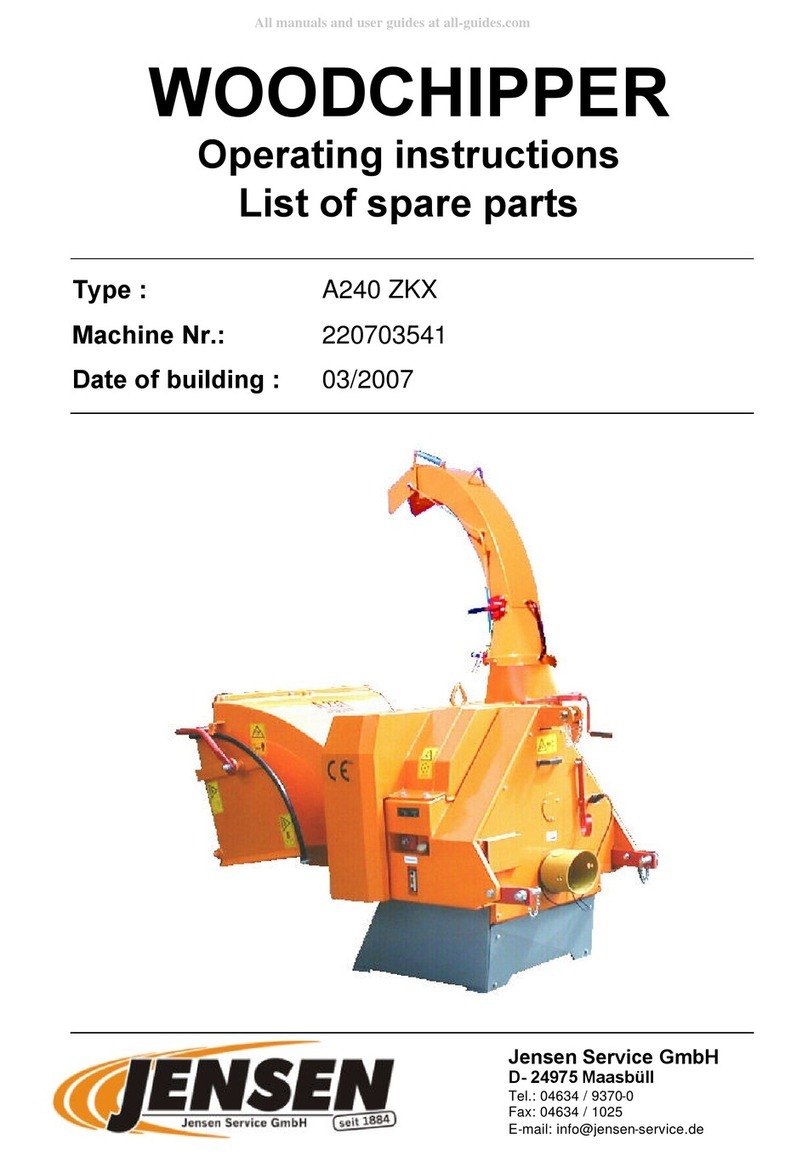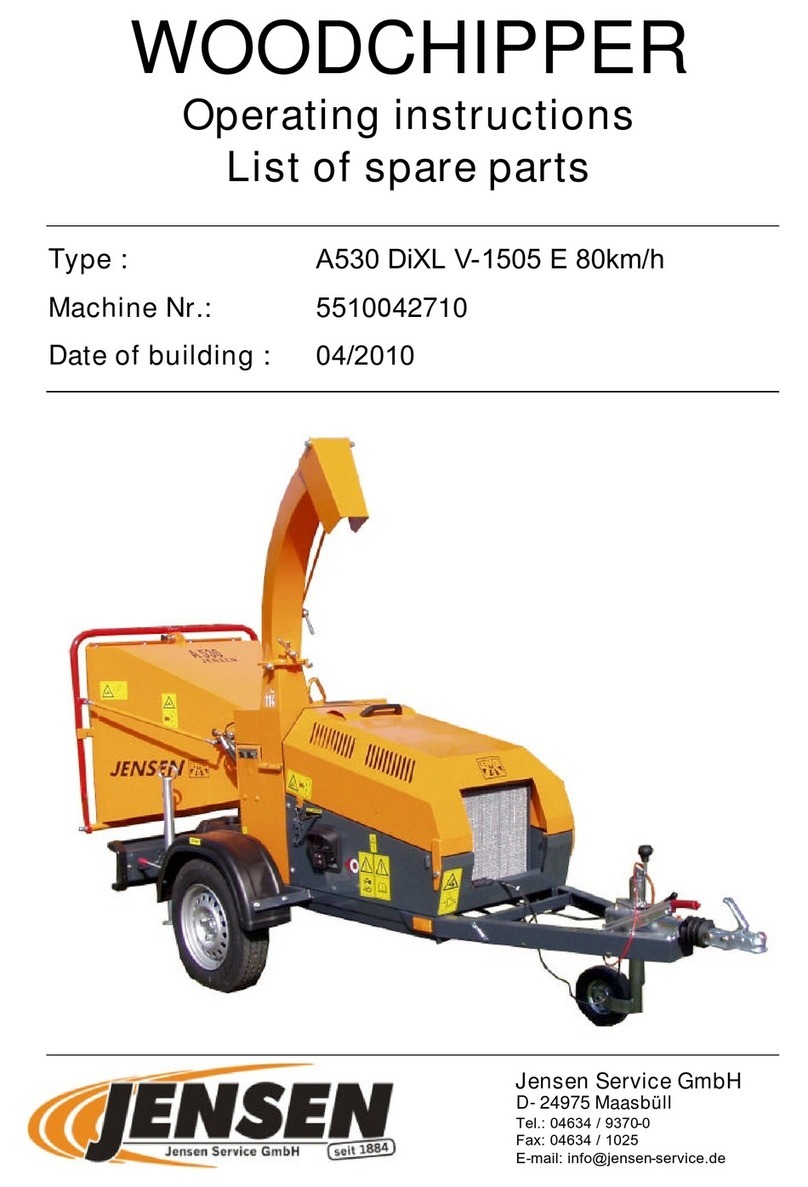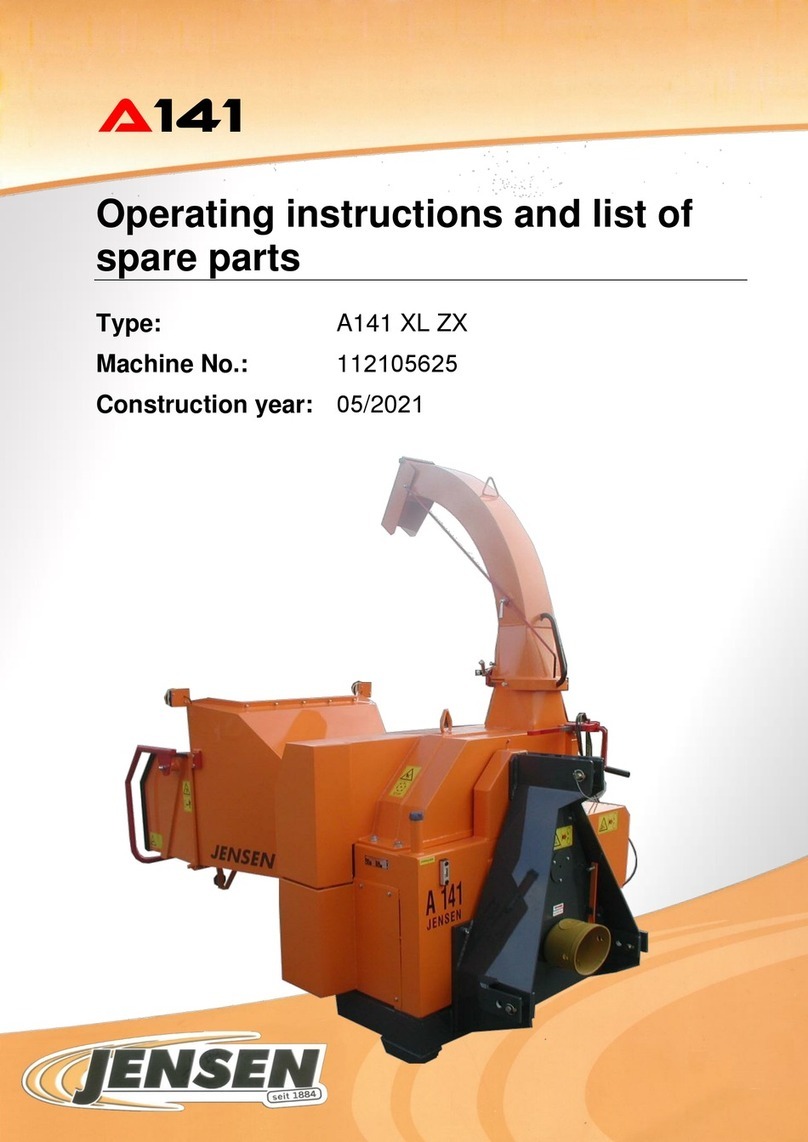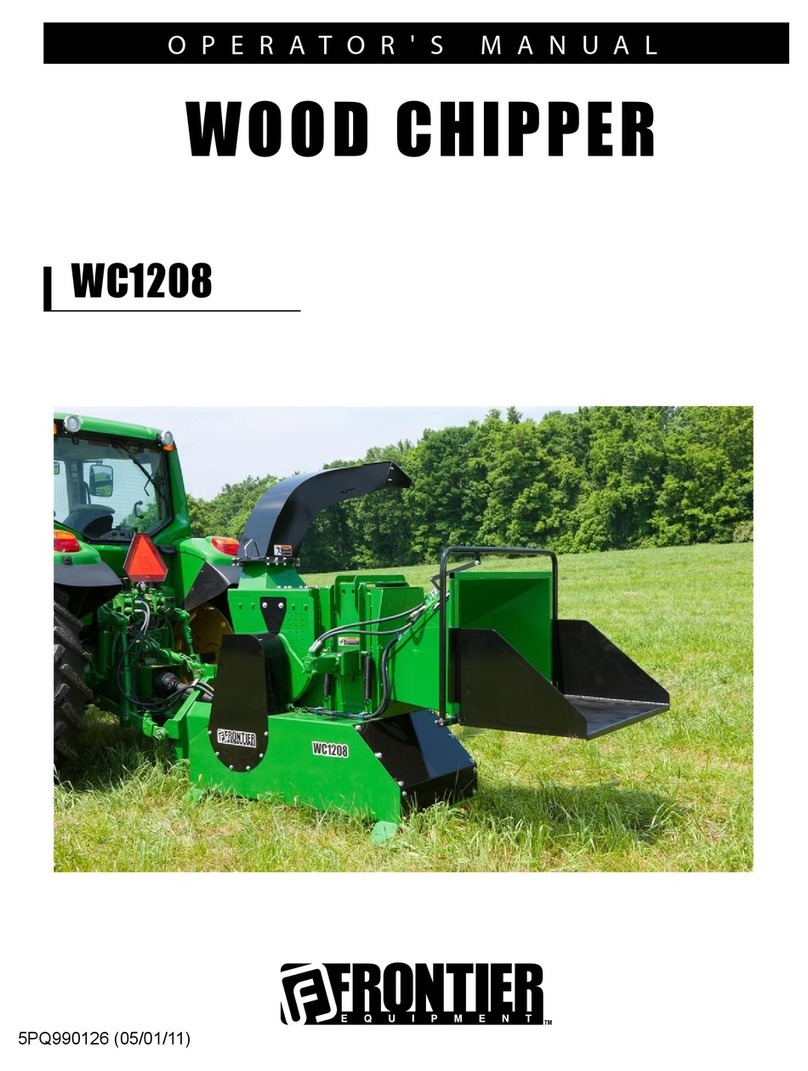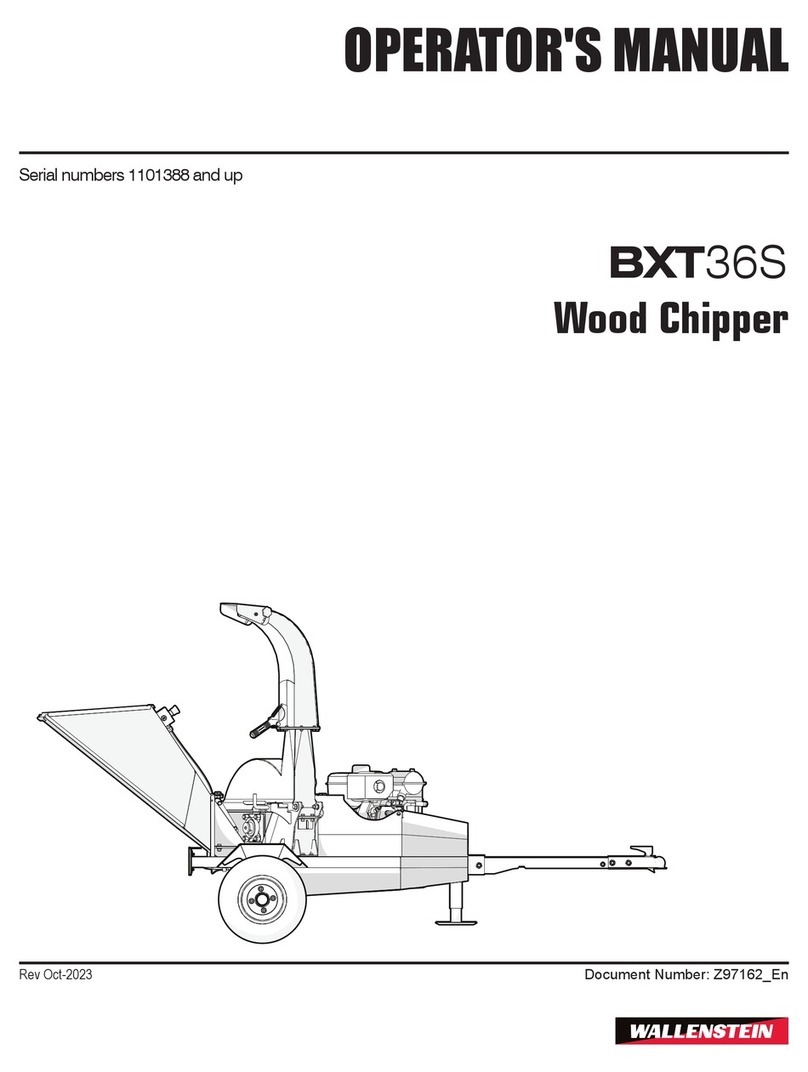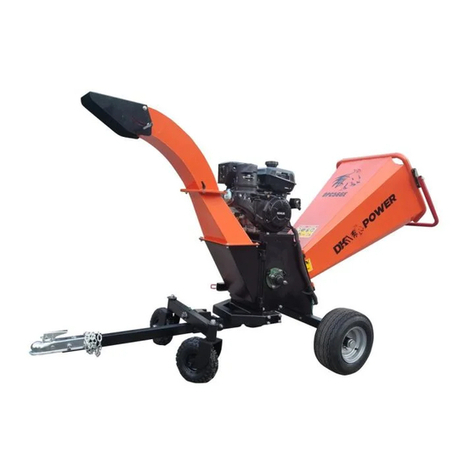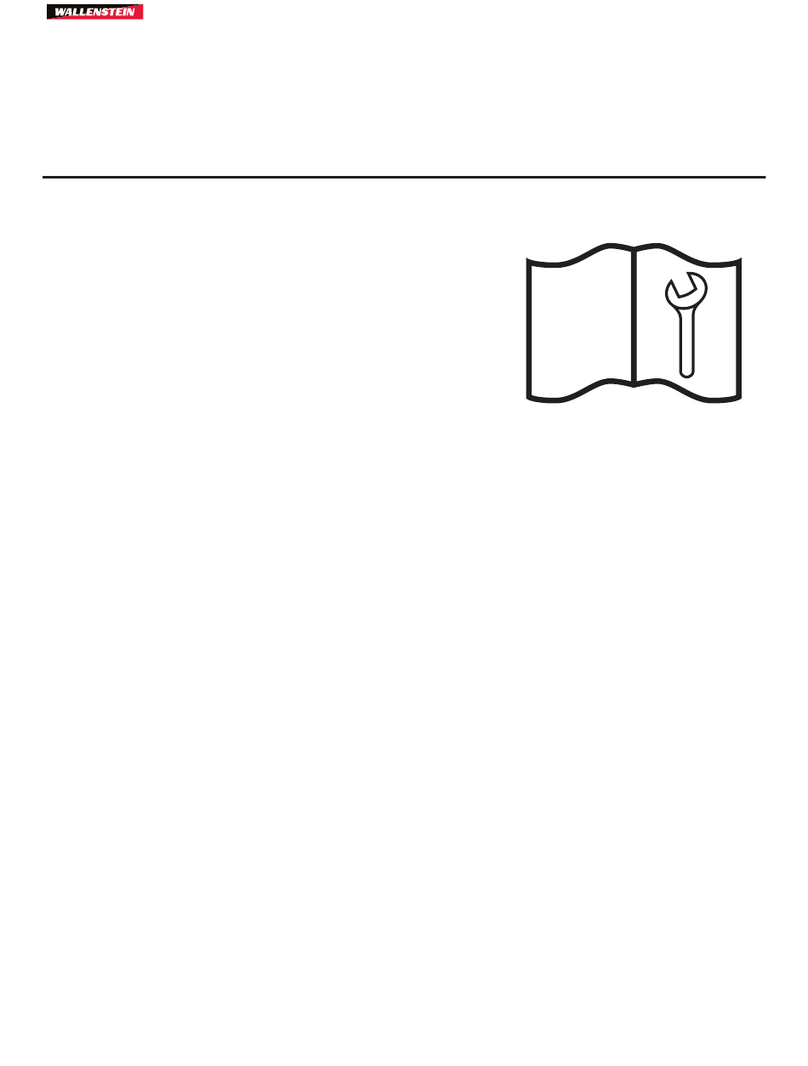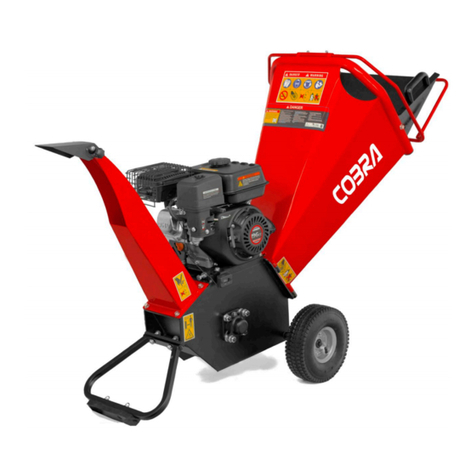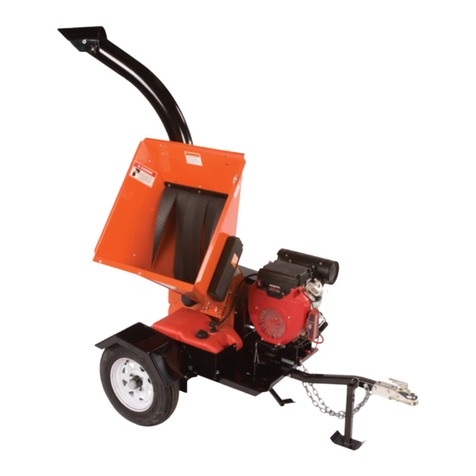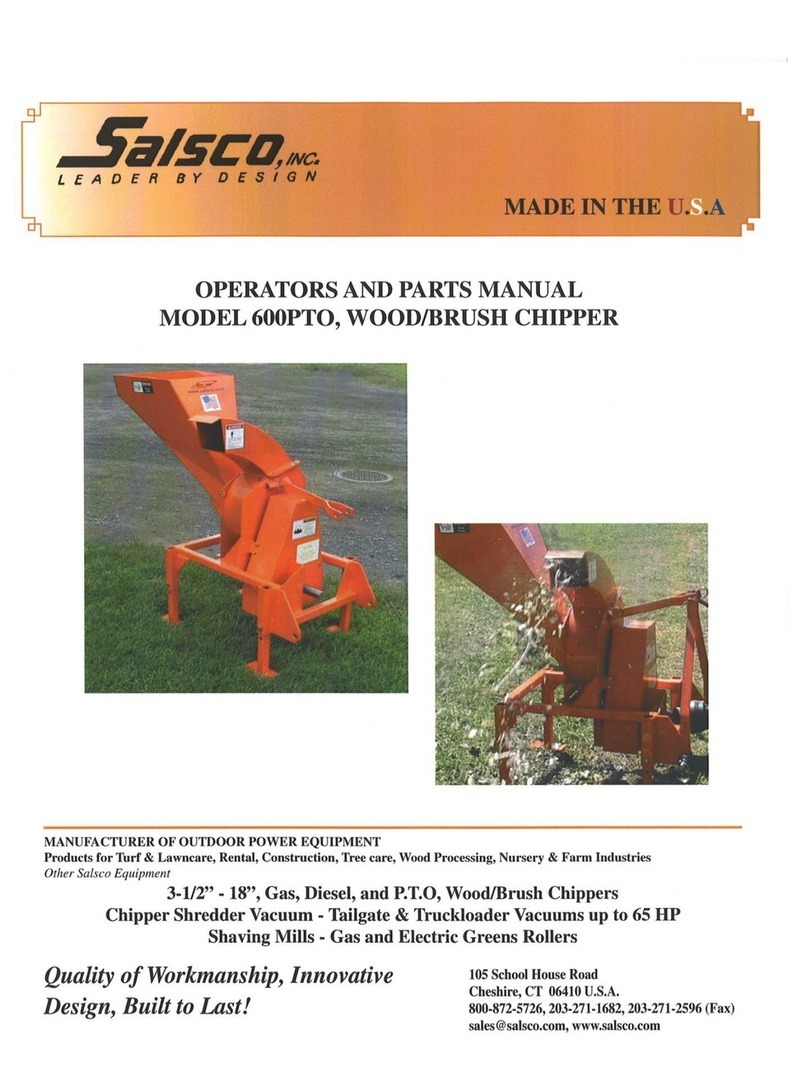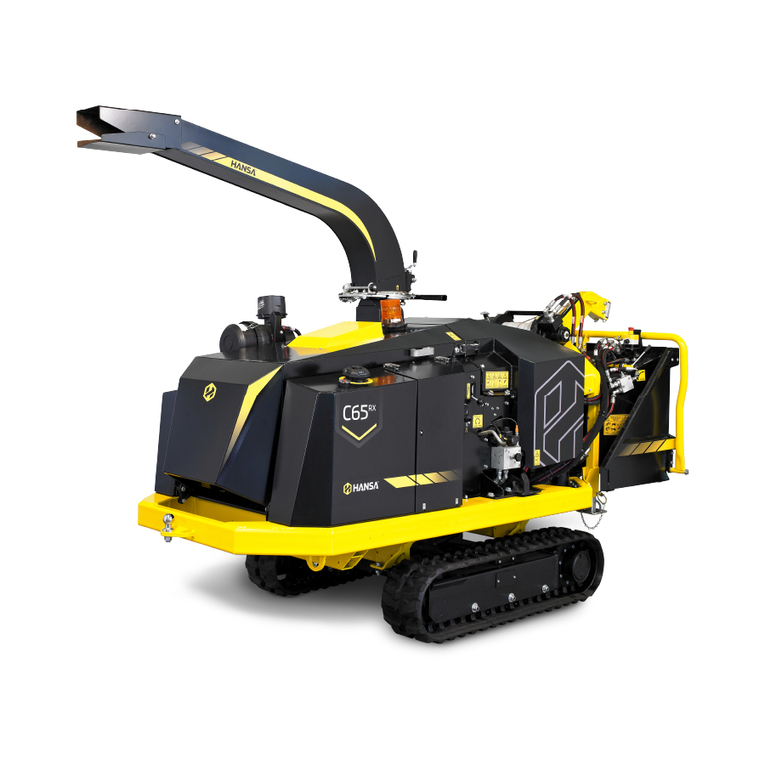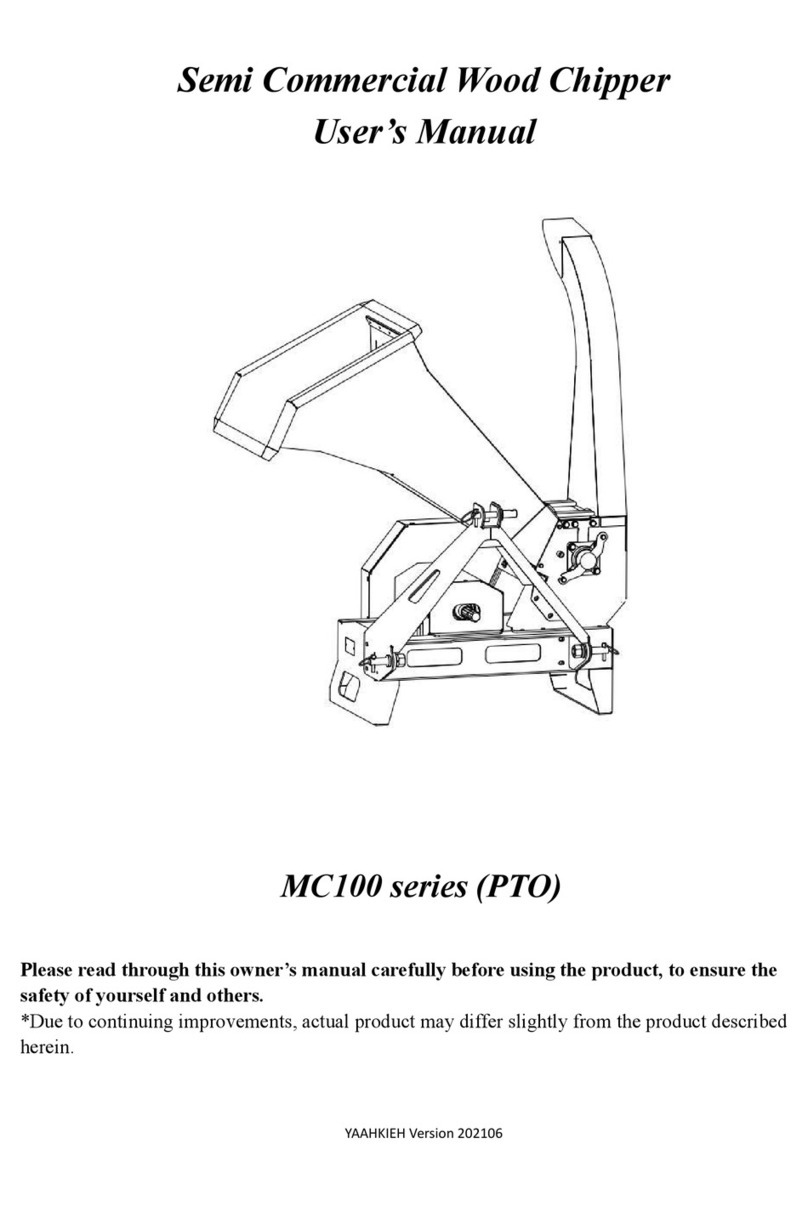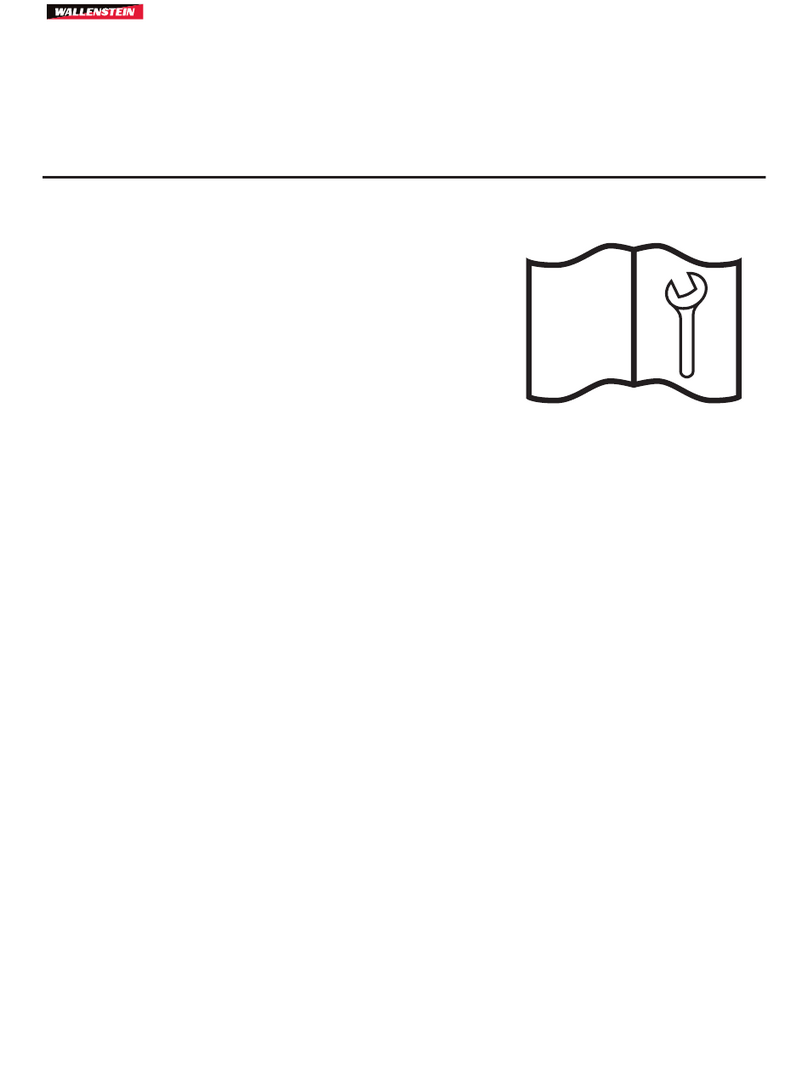
GENERAL SAFETY AND ACCIDENT PREVENTION
INSTRUCTIONS
With variations in machines, some of these statements may be contradictory as
regards the servicing. In these cases it is advisable to follow the standard guidelines!
Basic rules:
Before anyone starts up the wood chipper study the safety rules for commerce
and operation!
1. Pay attention to the references in this operations guide as they are general
legal safety and accident prevention instructions.
2. The minimum age for service personnel is 18 years, but for the purpose of
training, under supervision, 16 years.
3. Regarding the use of public transport routes heed the respective decisions of
the StVO. (lights, warnings etc.)
4. Ensure whilst using public transport routes the ejector does not damage the
views and that it is not projected into the roads!
5. Before commencing work check that everything is in good working order.
Ascertain that all safety equipment is also in order. It is too late when the
machine is working!
6. The user is responsible for the welfare of others!
7. Stay away from the dangerous area of the machines!
8. Before starting a machine leave any dangerous areas!
9. Machines are not to be operated in enclosed areas!
10. Employees clothing should be tight. Avoid loose clothing. Wear safe shoes,
protective eye, ear and head gear!
11. When leaving the machines ensure that they are unable to roll away and are
protected from unauthorised usage. (firm brakes activated, under-wedge in
place, power source switched off, ignition key removed.)
The Wood chipper as cultivation tool / supplement.
1. The operator alone is responsible for bringing in the machine and for its use in
traffic!
2. The chances of accidents occuring are significantly minimalised when the
wood chipper is coupled with the motor of another machine and when the
safety instructions are followed.
3. Before the construction and dismantling of the wood reducer by the three
steps outlined in the service instructions, bring the propulsion machine into
place, and ensure that it is switched off before any raising or lowering of the
machine is carried out!
4. Do not stay between the PTO and the tractor when the machine is running!
5. No one is allowed to halt the propulsion machine, the traction engine or
equipment, unless it is to stop the vehicle rolling away due to the parking brake
and/or the under-wedge being not properly in place.
6. Only put the pieces of the machine where they belong!
7. It is the function of the workers to control the breaking systems.
8. Pay attention to the maximum permissible support load of the adherent clutch!
9. Take care with the difference betw een the markings of the hydraulic functions
of the propulsion machine and the wood chipper because if these are not
correctly placed, failures in the service of the machines will be exposed.( e.g.
forwards/backwards, raise/lower) – danger of accidents!

